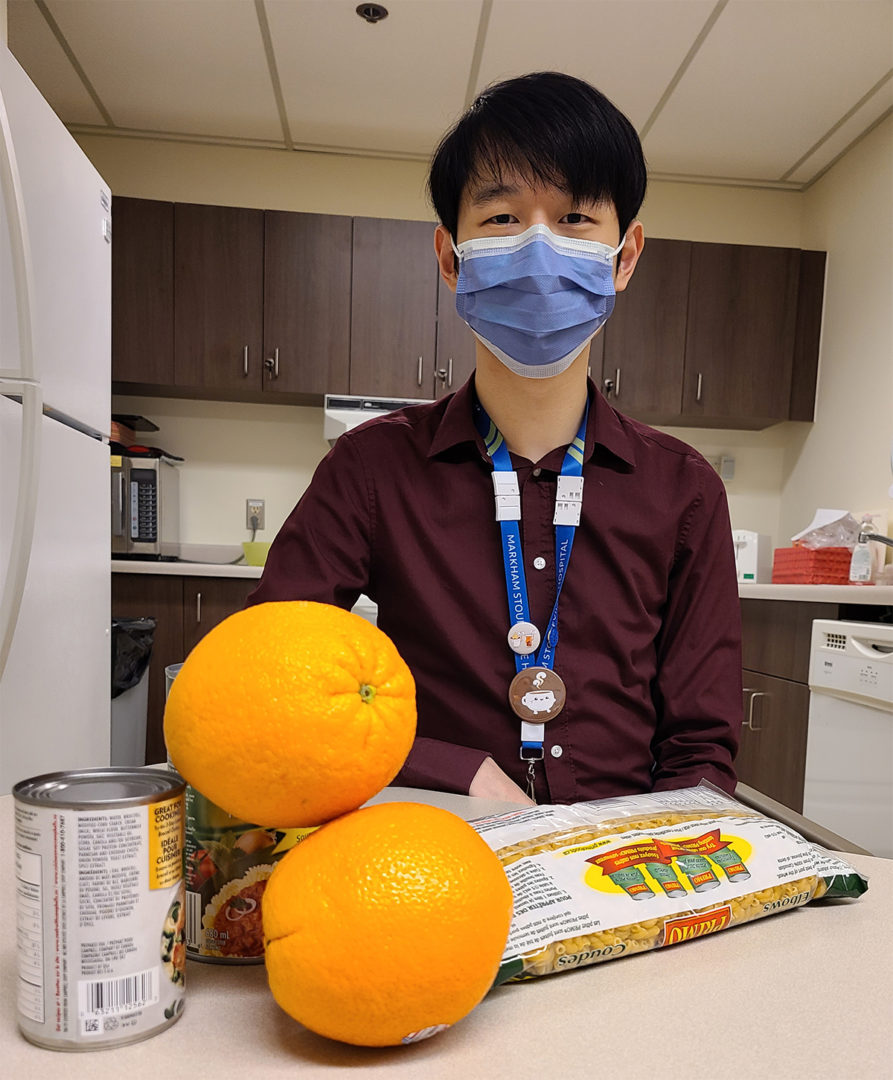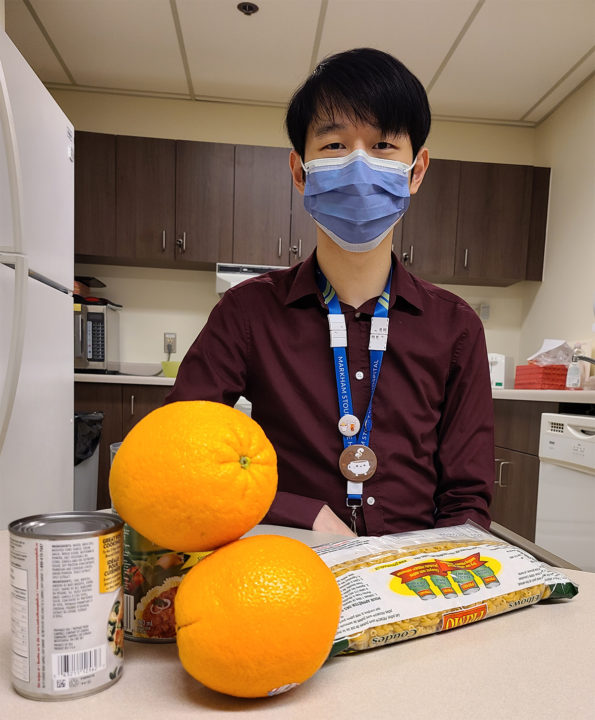
With recent reports of panic buying in stores and anxiety over the transmission of COVID-19 in public spaces, healthy eating can seem difficult. However, with some planning – and a calm approach – you may be more prepared than you think.
Markham Stouffville Hospital (MSH) Registered Dietitian Calvin Mach offers tips to help reduce the stress of visiting the grocery store and cooking at home.
Tips to Help Reduce Stress
1) Limit your visits to grocery stores
- Try to limit your grocery shopping to once a week or use delivery services, if possible. When out in public, remember to adhere to physical distancing by keeping two metres from other people.
2) Know the items you have and use at home
- Make a grocery list of essential food items to focus your shopping so that you do not purchase foods you may not use.
- Resist the urge to panic buy items because others are purchasing them.
- Do not purchase items only because they are on sale.
3) Focus on dry, frozen and canned goods
- Dry, frozen and canned foods are just as nutritious as fresh foods, can keep for longer and are versatile in a number of recipes.
- Meats can be frozen for longer storage time. Canned meats and fish are also great options with minimal prep time. Choose low sodium options where available for a healthier option.
4) Buy fresh foods that you will use before they spoil
- When buying fresh or perishable foods, avoid buying more than necessary and use these foods first to avoid spoilage.
- Try to choose perishable items that have longer expiry dates, such as apples, potatoes, squash, onions, carrots and citrus fruits. Keep them away from sunlight to maximize storage time.
5) Prioritize ingredients that are used in multiple recipes
- Think about what recipes and meals you make most often and the common ingredients in them. Having this information can simplify your shopping list and make it easier to repurpose ingredients for different meals.
6) Remember good food safety practices
- Good hand hygiene, washing fruits and vegetables under running water, and cooking foods to a safe internal temperature should continue to be a normal daily routine.
- Cook meats and other proteins to at least 74 degrees Celsius (other meats may have higher minimum internal temperatures).
- Regularly wash reusable grocery bags under warm, soapy water and dedicate one for raw meats to avoid cross contamination.
7) Relax a bit and order delivery and takeout!
- Staying cooped up in the house and cooking every meal can get exhausting. Many restaurants are still open for takeout and delivery and are great options for a night to relax.
- If you are worried about the safety of your restaurant takeout or delivery, reheat the food at home to an internal temperature of at least 74 degrees Celsius.
- Remember to wash your hands after touching food containers and before eating to reduce any risk of contamination.
